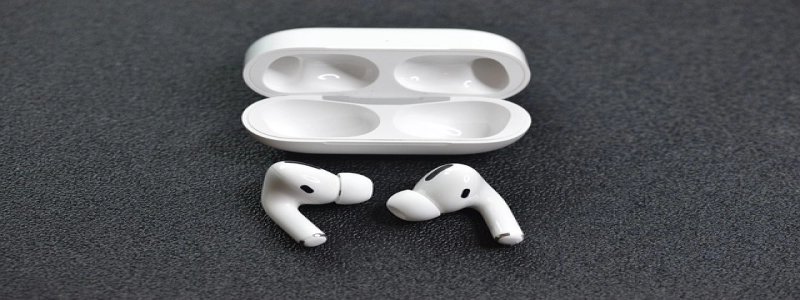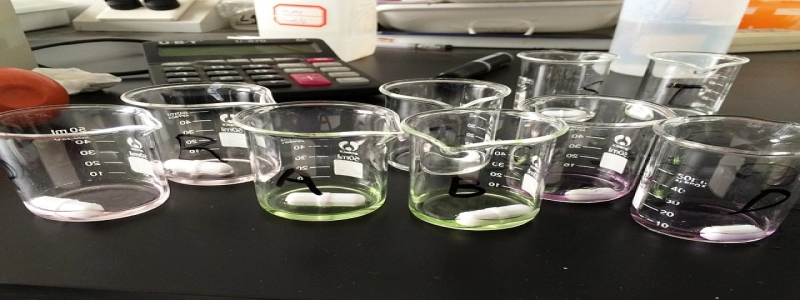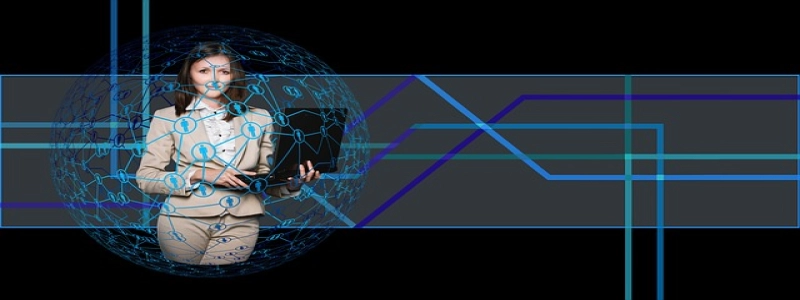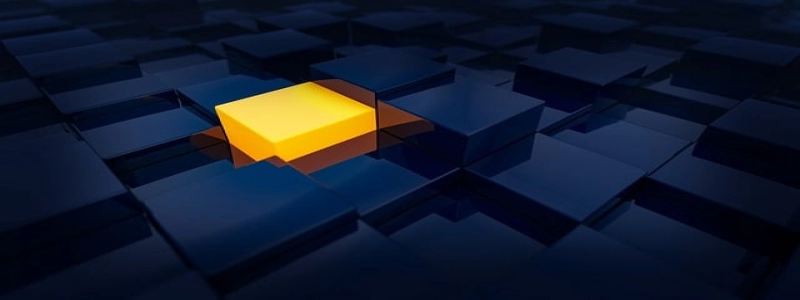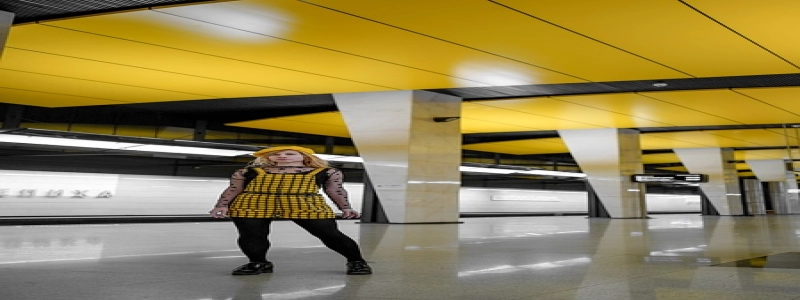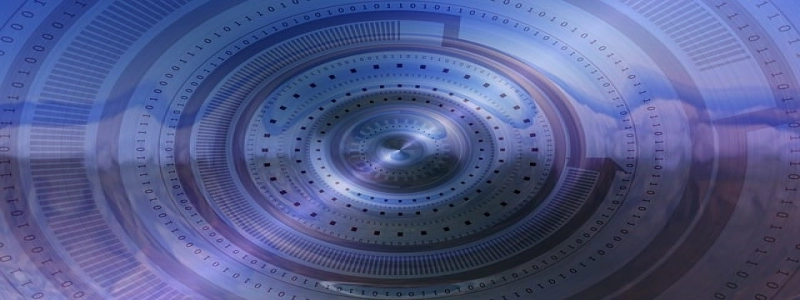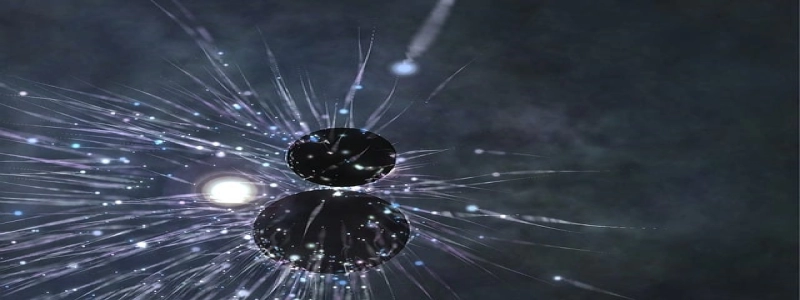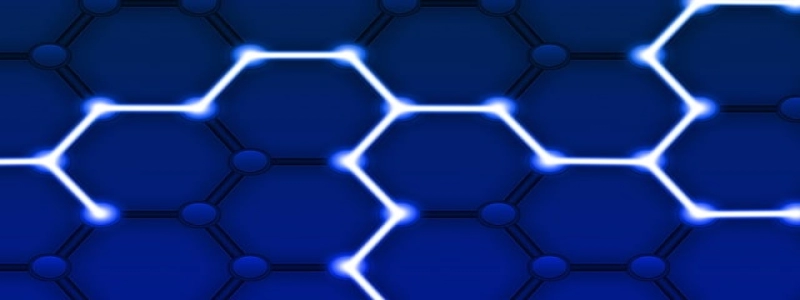Are Fiber Optic Cables Fragile?
Introdução:
Fiber optic cables are widely used today for high-speed data transmission and communication. No entanto, there is a common perception that fiber optic cables are fragile and prone to damage. Neste artigo, we will explore whether fiber optic cables are indeed fragile and the factors that contribute to their durability.
EU. Understanding Fiber Optic Cables:
A. What are Fiber Optic Cables?
1. Definition and Composition:
Fiber optic cables are thin, flexible strands of glass or plastic that transmit data using pulses of light. They consist of a core, cladding, and protective coating.
2. Principais recursos:
Fiber optic cables have a high bandwidth, enabling them to transmit large amounts of data over long distances. They are also immune to electromagnetic interference and have low signal loss.
II. The Durability of Fiber Optic Cables:
A. External Factors:
1. Physical Damage:
Fiber optic cables can be damaged if bent beyond their minimum bend radius or subjected to excessive tension. No entanto, modern fiber optic cables are designed to withstand these stresses and are less prone to physical damage.
2. Environmental Factors:
Fiber optic cables can be affected by extreme temperatures, moisture, and exposure to chemicals. No entanto, they are often installed in protective conduits or buried underground to mitigate these risks.
B. Manufacturing Standards:
1. Quality Control:
Fiber optic cables are manufactured under strict quality control measures to ensure their durability. This includes testing their mechanical strength, attenuation levels, and overall performance.
2. Compliance with International Standards:
Fiber optic cables must meet international standards to ensure they are suitable for installation and use. These standards address factors such as cable construction, fire resistance, and resistance to environmental factors.
III. Enhancing Fiber Optic Cable Durability:
A. Cable Management:
1. Proper Installation:
Fiber optic cables should be installed by professionals who adhere to industry best practices. This includes avoiding excessive bending, tension, and maintaining the minimum bend radius.
2. Regular Inspection:
Periodic inspections can help identify any signs of damage or deterioration in fiber optic cables. Maintenance teams can then take appropriate action to prevent further issues.
B. Protective Measures:
1. Conduits and Ducts:
Installing fiber optic cables within protective conduits or ducts can shield them from physical damage, extreme temperatures, moisture, and other environmental factors.
2. Splice Enclosures:
Splice enclosures provide a protective environment for splicing fiber optic cables. These enclosures help maintain the integrity of connections and protect against external elements.
Conclusão:
While fiber optic cables are not completely immune to damage, they are engineered to be highly durable. Proper installation, adherence to international standards, and regular inspections play vital roles in maintaining the longevity of fiber optic cable networks. By understanding and implementing these precautions, we can ensure that fiber optic cables continue to provide efficient and reliable data transmission for years to come.
